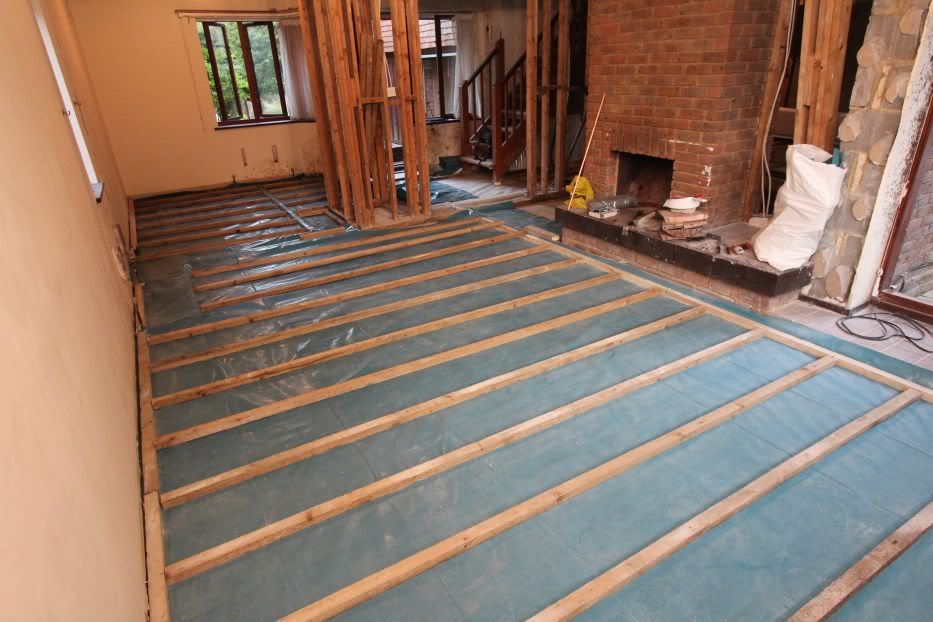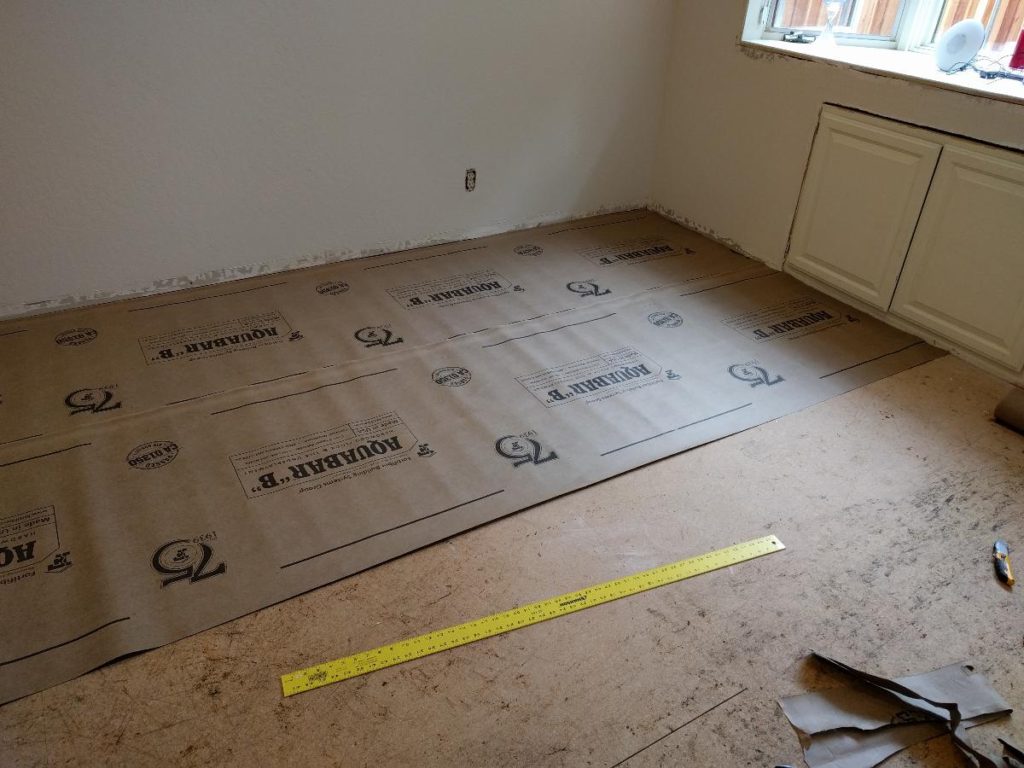Fixing Chipboard Flooring

Chipboard screws to fix down in place after you lay chipboard flooring use 60mm wood screws.
Fixing chipboard flooring. This makes it is easy to calculate how many screws to buy by counting the number of sheets and multiplying by 30. Tongue and groove chipboard is a type of particle board made up of sawdust and resin. Chipboard is generally made from shavings and chunks of recycled hardwood or softwood bound together with resin. Unlike plywood the edges.
The chipboard flooring sheets should be stored flat in the room for a couple of days before laying them to allow them to acclimatise to differences in temperature and humidity. Where chipboard flooring might get damp in the future seal the surface and all cut edges with pva woodworking adhesive. Fitting new chipboard particle board flooring. It is used like plywood as a subfloor beneath tile hardwood and laminate flooring.
Chipboard that is high in density is used for sub flooring usually used as a base for carpet or other flooring because it is more economical than plywood but it gets the job done. Repairing particle board with wood filler. You will need to use 5 screws evenly spaced across each joist so you can use as many as 30 screws per board. Chipboard flooring sheets bond as one in a tongue and groove method.
Whilst chipboard flooring can be nailed it is notorious for working loose and squeaking so screwing them down is the preferred method of fixing and. This comes in two thicknesses 19 mm and 22 mm. Use 19 mm for joists spaced less than 450 mm 18 in apart. It is very useful as a less expensive alternative to plywood.
Squeaky chipboard flooring may be cause by a lot of things.

















